Exploring the Architecture of the Heisei Chishinkan Wing at the Kyoto National Museum
Designed by Yoshio Taniguchi
The Kyoto National Museum is located right across from Sanjūsangen-dō Temple. What I was most looking forward to here was the beautiful architecture by Yoshio Taniguchi.
Even from the entrance area with the ticket booth, you can already feel Taniguchi’s signature style at full strength. And of course, there’s a reflecting pool—no Taniguchi design would be complete without one.
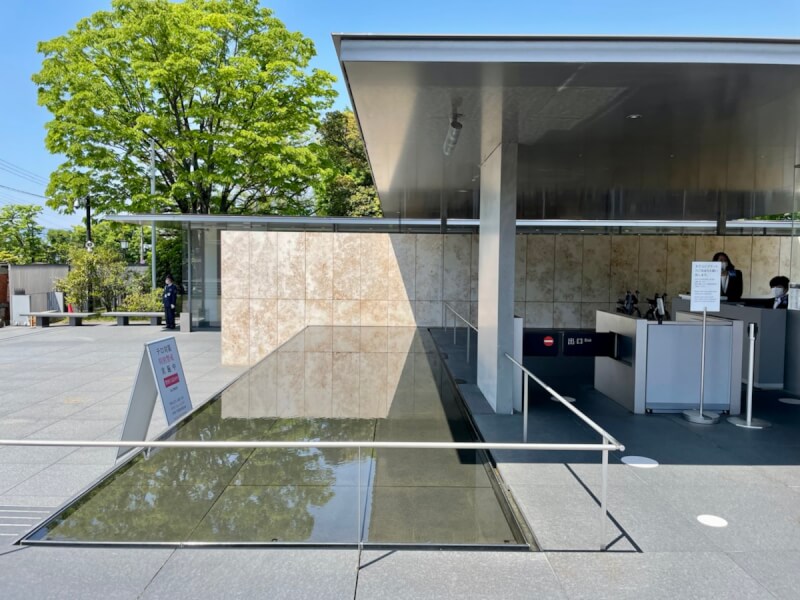
At the entrance, there’s a café called Maeda Coffee Kyoto National Museum Branch, which you can enjoy without entering the museum.
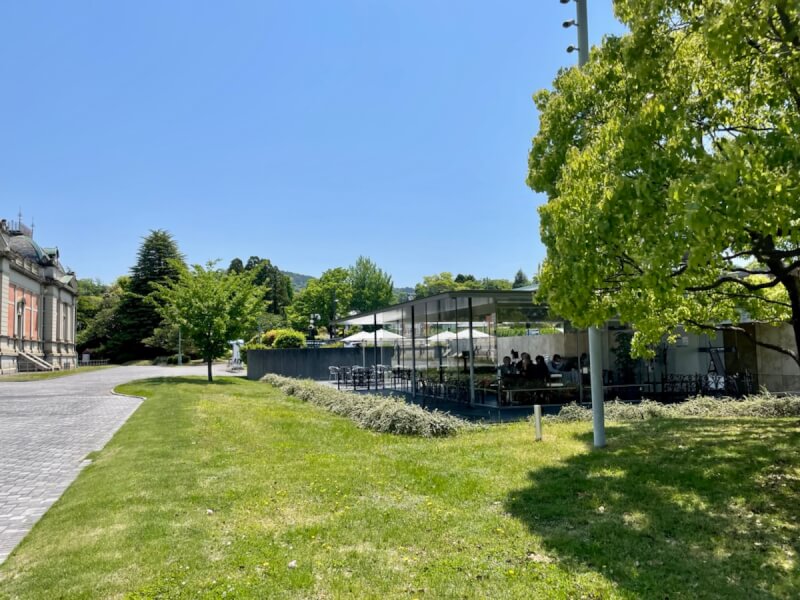
This stately red-brick building is the Meiji Kotokan, the former main building, designed by Tokuma Katayama in the French Renaissance style. However, it’s currently closed to the public, so you can’t go inside.
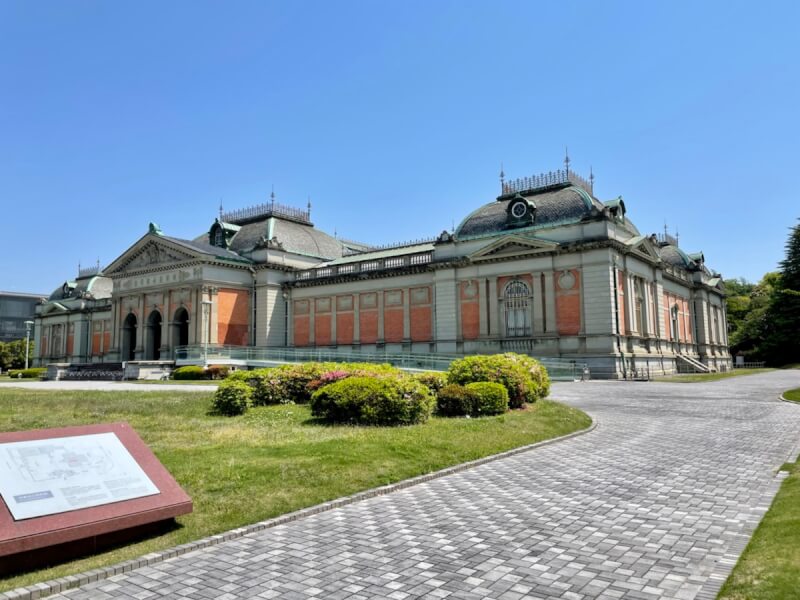
I’d love to go inside the Meiji Kotokan someday…
The Beautiful Exterior
In place of the closed Meiji Kotokan, visitors can enter the Heisei Chishinkan Wing. It’s a work of modernist architecture with a completely different character from Tokuma Katayama’s design.
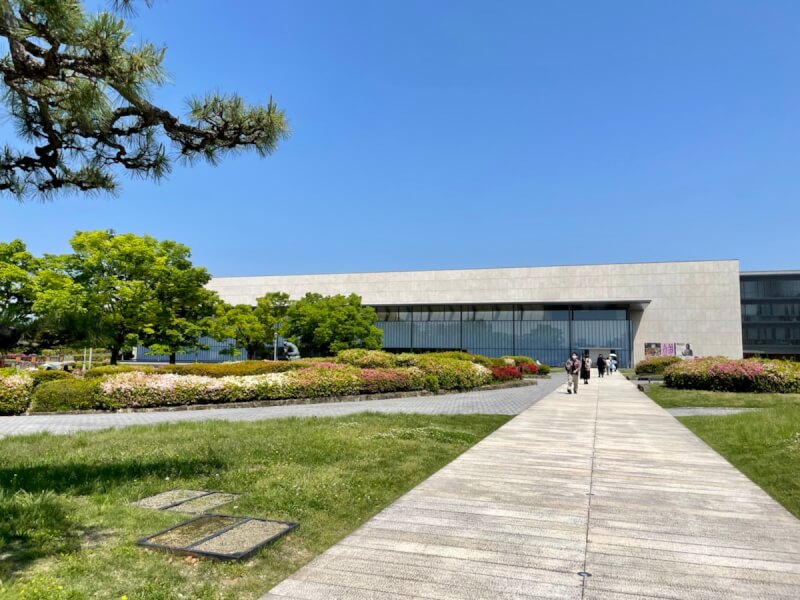
When it comes to Yoshio Taniguchi’s architecture, it’s all about the beautiful reflecting pools and clean, refined forms. The Heisei Chishinkan Wing is no exception. It looks stunning against the blue sky!
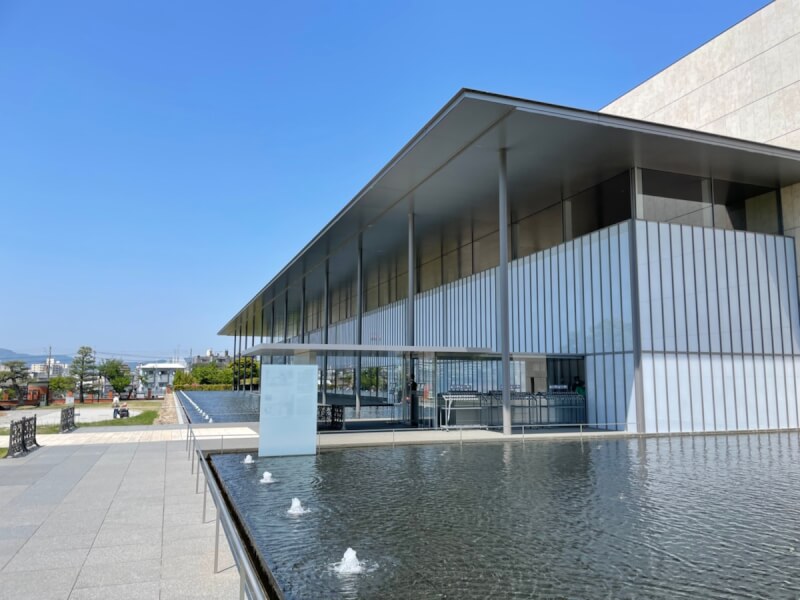
I just love this reflecting pool. I could watch it for hours—the time just melts away. (laughs)
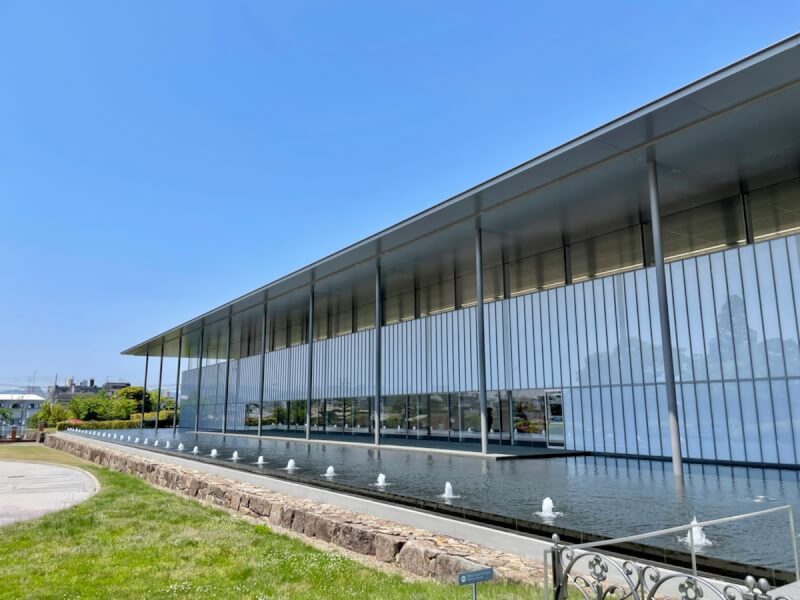
The fountain in the reflecting pool turns on and off from time to time. It’s these subtle touches that make Yoshio Taniguchi’s architecture so special.
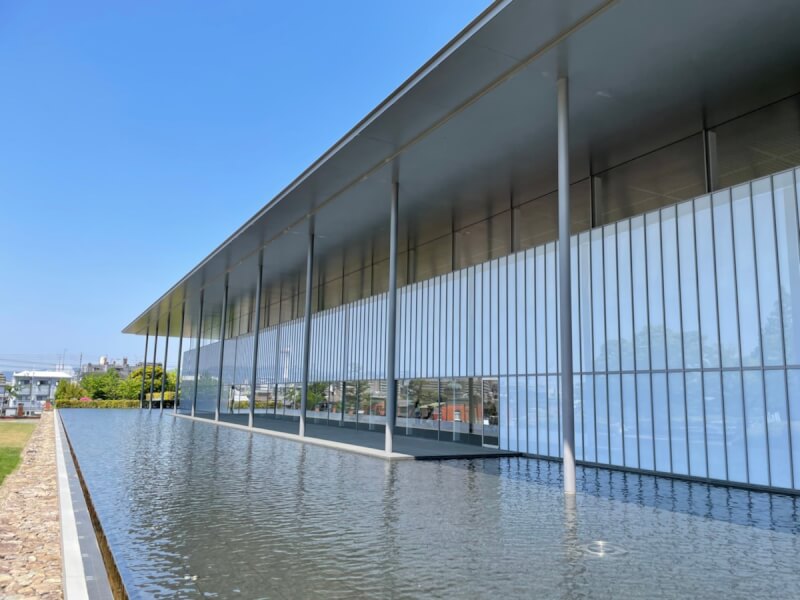
I imagine it must be quite a task to keep this reflecting pool so clean.
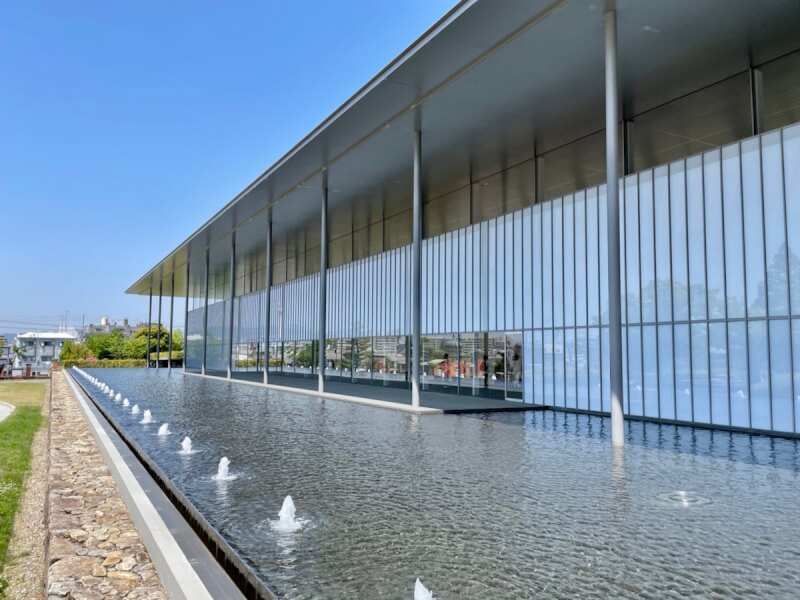
It seems that the height of this eave was designed to align with that of the neighboring Meiji Kotokan.
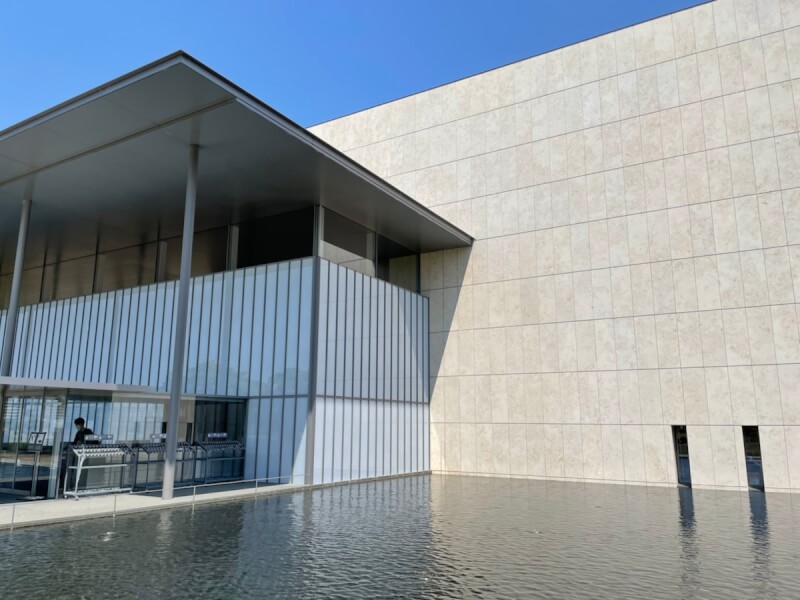
Because of its color tone and simplicity, it might seem like a Western-style building at first glance, but in fact, it’s quite the opposite—the horizontally stretched form and the extended eaves are expressions of traditional Japanese architectural elements.
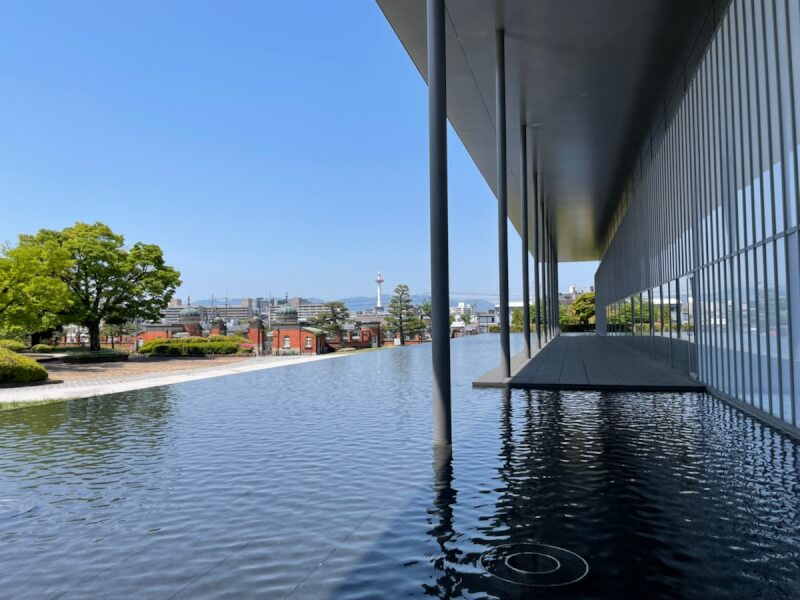
So this building, which expresses traditional Japanese aesthetics in a modern way, is truly perfect for Kyoto. It perfectly embodies the name “Heisei Chishinkan,” which means “Hall of New Knowledge for the Heisei Era.”
“Heisei” is one of Japan’s traditional era names, used from 1989 to 2020. It is often contrasted with the previous “Shōwa” era—a time marked by war—and has come to symbolize modern, peaceful Japan.
I love it—absolutely beautiful.
The Bright and Spacious Interior
The interior is designed to let in plenty of natural light. Every staircase and hallway looks stunning.
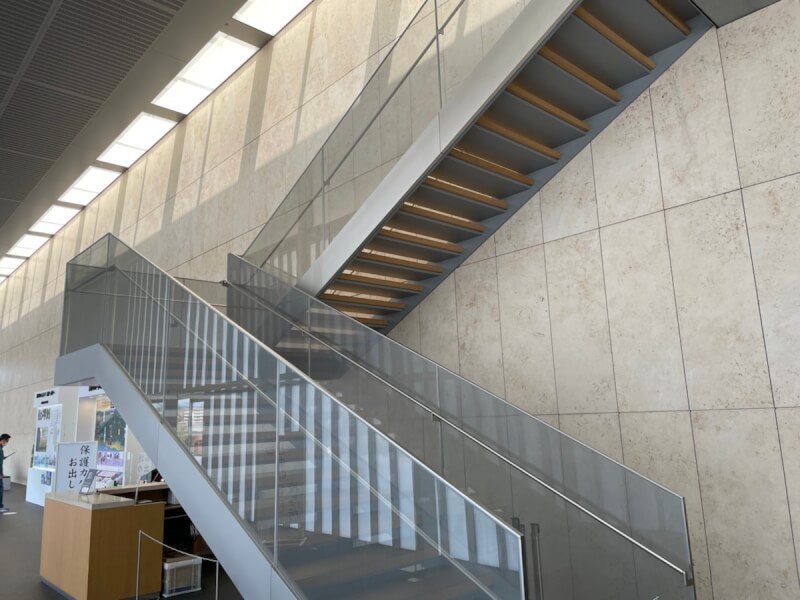
Taking a break in this open and beautiful space between exhibitions lets you refresh yourself and get ready to dive back in. (laughs) The exhibition rooms themselves are quite dark, though.
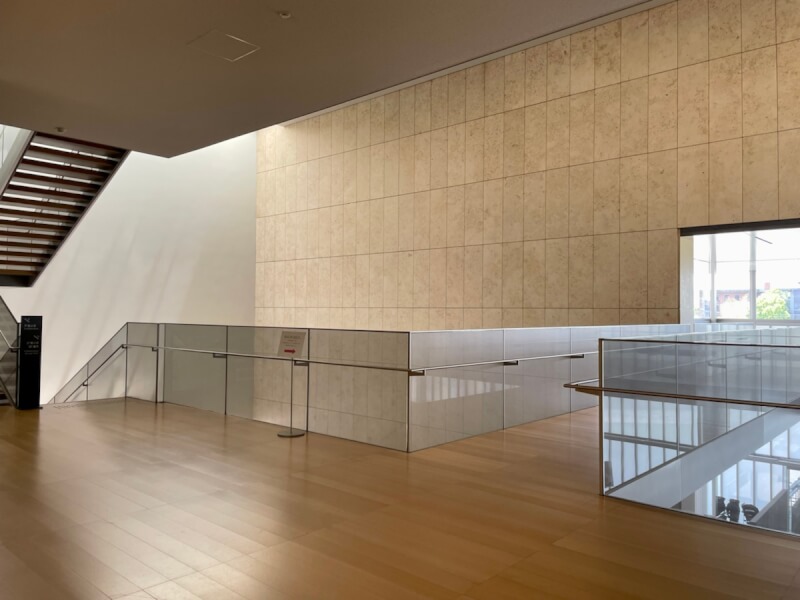
From this window, you can see how the Meiji Kotokan perfectly fits within the line of the eave. It’s not just the exhibits inside the galleries—enjoying the dialogue between these two contrasting buildings is part of the experience, so don’t miss it!
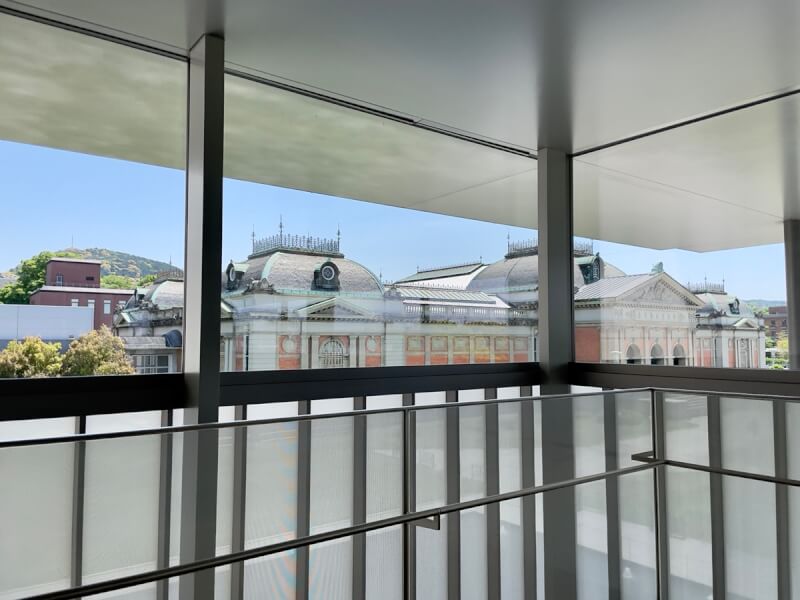
I just love the open atrium. You can instantly tell which floor you’re on.
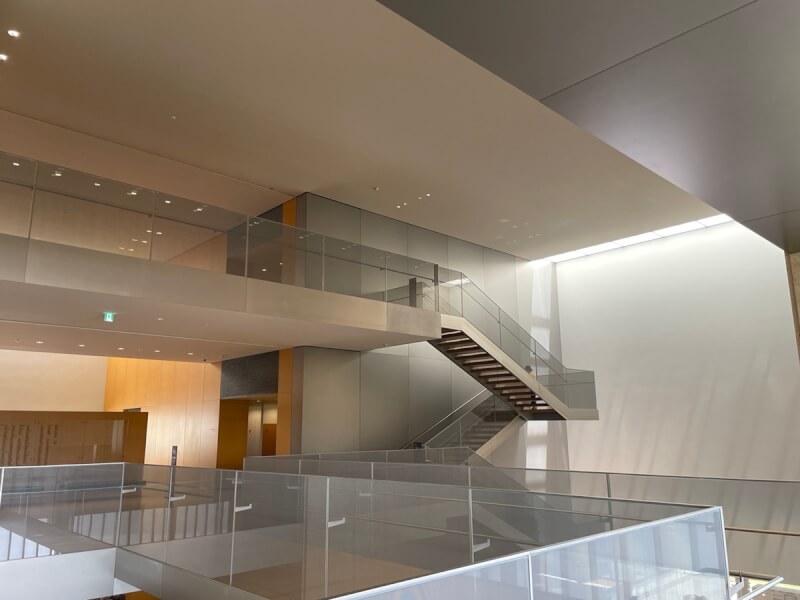
The wooden walls, clear glass, and stainless-steel walkways all harmonize beautifully—I love it.
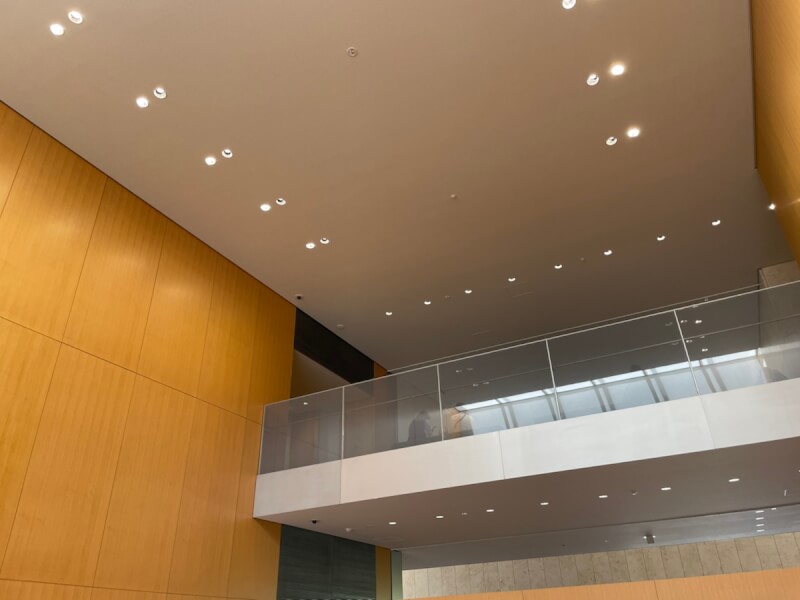
Photography isn’t allowed inside the exhibition rooms, but every detail—from the lighting to the glass display cases—has been thoughtfully designed. It truly feels like a national museum, where Japan’s dedication and craftsmanship shine through.
Two Sides of Japanese Aesthetics
A photo taken from a spot where you can see both the Meiji Kotokan and the Heisei Chishinkan Wing together. The Meiji Kotokan was built in a Western style as Japan strove to catch up with the West, while the Heisei Chishinkan Wing reinterprets traditional Japanese aesthetics through a modern lens.
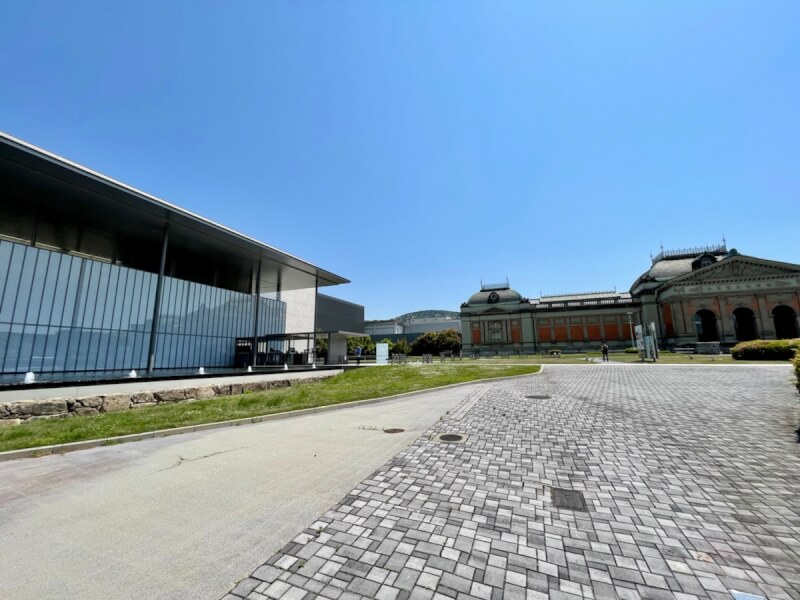
Both are unmistakably Japanese. With that thought in mind, I leave the museum.
There were also a few exhibits in the garden, so I took a look before leaving.
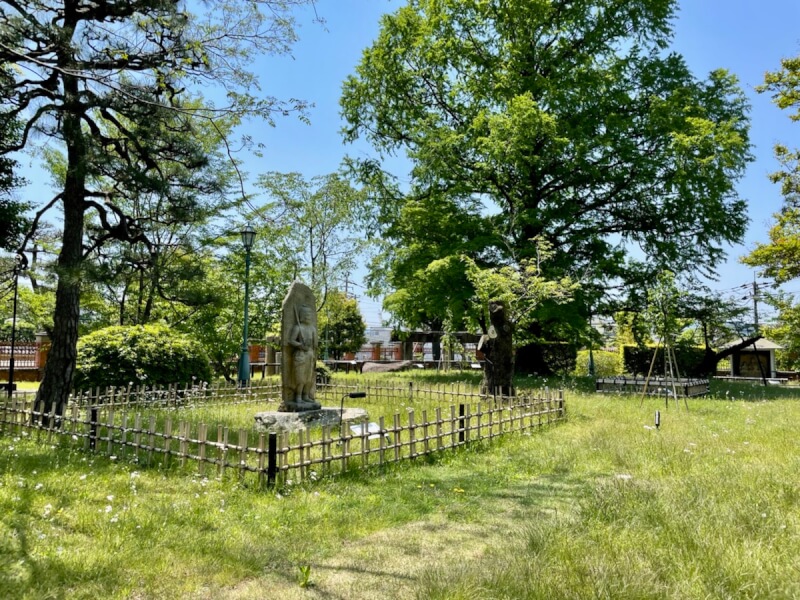
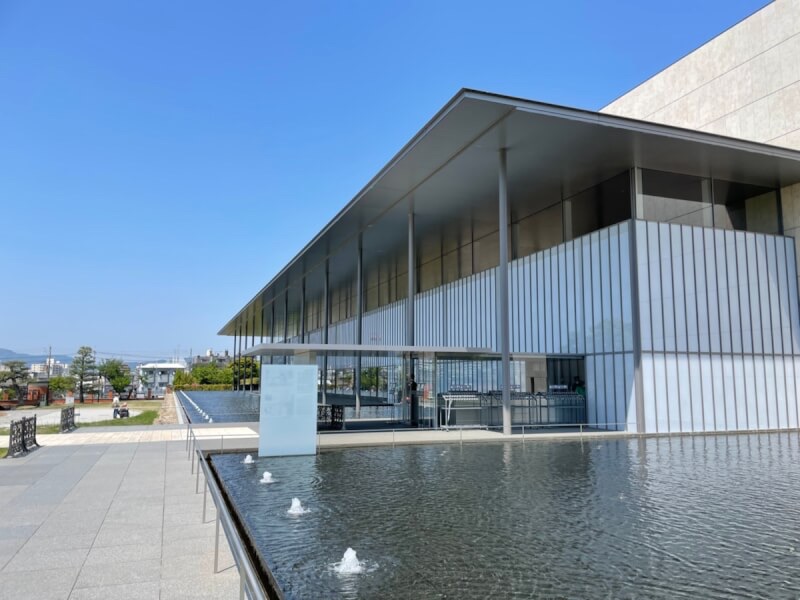
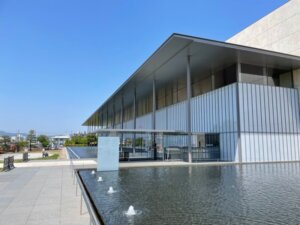


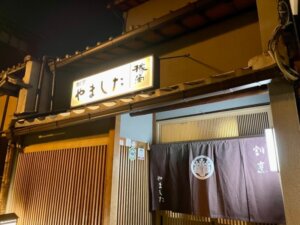

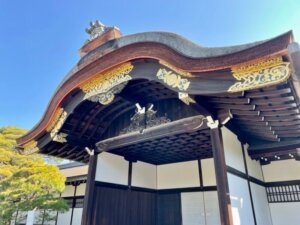
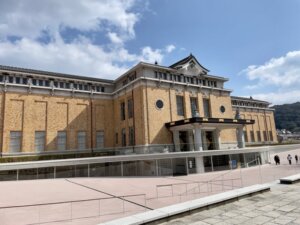

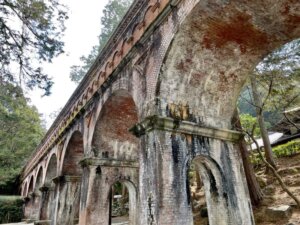
Comments